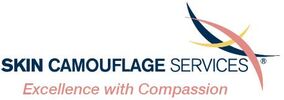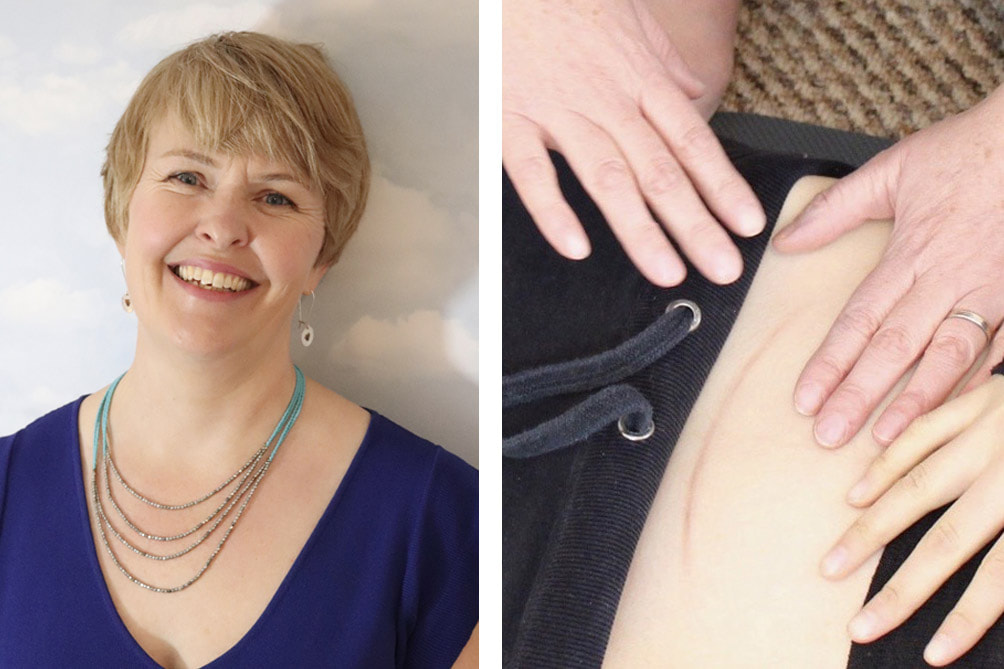|
Guest blog by Emma Holly at Restore Therapy Clinic.
I was delighted when Vanessa Jane Davies invited me to offer Scar Therapy at Skin Camouflage Services flagship clinic at 10 Harley Street, London. It has been a challenging time to set up a new service, but we are pleased to be open for business with new clients booking in for the specialised treatments developed to promote healing and reduce discomfort. I am a leading specialist in Scar Therapy, developing new scar massage techniques and teaching alongside my clinical practice. My specialism - Scar Therapy - is the treatment of scar tissue after an injury or surgery. Many people are unfamiliar with Scar Therapy, although routinely people are instructed to massage their scar by their consultant. Within post-operative recovery, Scar Therapy is still emerging as a way to promote better patient outcomes. Scar tissue that forms following a surgery or a traumatic accident is different from the pre-injury tissue in its cellular structure and function. Scar tissue, fibrosis and adhesions are terms to describe the internal complications that can occur. The surface scar is the skin scarring, but underneath the fascia, muscles and ligaments can be impacted. Externally there are not always visual abnormalities on the superficial scar line to indicate a dysfunctional scar, but they may be symptomatic. Symptoms of dysfunctional scars may include pain, sensitivity, oedema (swelling), reduction in flexibility, palpable bulky fibrous tissue and scar adhesions. Scar Tissue may be so tight, uncomfortable and restrictive the patient may not be able to complete rehabilitation exercises, their gait or movement patterns may be altered – leading to other longer-term problems. They may be dissatisfied with puckering, tightness or pain in the scar. As a therapist, creating positive improvements and reducing these symptoms is hugely rewarding. Not everyone has a problem with their scar. The likelihood of problematic scar formation increases when a patient:
If the scar remains numb, painful or has altered sensation there may be a dislike of touch for the patient or a feeling of disconnection from that part of the body. It is our belief that a gentle approach is paramount to create the best outcomes and a positive therapeutic touch that promotes healing emotionally as well as physically. When I have a new client booked in the first treatment includes a short discussion to understand my client’s priorities. The remainder of the appointment is spent delivering physical therapy. The 10 Harley Street basic appointment lasts around 50 minutes or for clients wanting a longer treatment to allow for more hands-on work a premium appointment is up to 1 hour 10 minutes. Single appointments are very useful to kick start come tissue changes, but often clients choose to come for a series of treatments over a number of months. The Scar Therapy techniques that I use in the appointment feel like a gentle massage around the area impacted by the trauma. Treatment starts very gently and progresses deeper as the area softens and releases. By stimulating improvement in the health of the skin and improvement to underlying scar adhesions and fibrosis, we expect to create an observable change in symptoms presenting. The scar appearance may also improve, but this is not guaranteed. BIO Emma Holly has been a therapist for 27 years, she began specialising in Scar Treatment since 2015. Emma has trained therapists at the UK’s leading cancer support centres including Macmillan and Marie Curie, cancer centres based at Royal Marsden, Guy’s and St Thomas’ and Christie Hospitals and also worked with Invictus Games via Help for Heroes since 2017, British Athletics elite sports, as well as trained therapists working in NHS, HCA and Spire Hospitals. website www.restoretherapyclinic.co.uk email [email protected]
2 Comments
|
BlogAt Skin Camouflage Services we are privileged to be able to share our news with you. Search
ConnectCategories
All
Archives
February 2023
|


 RSS Feed
RSS Feed

